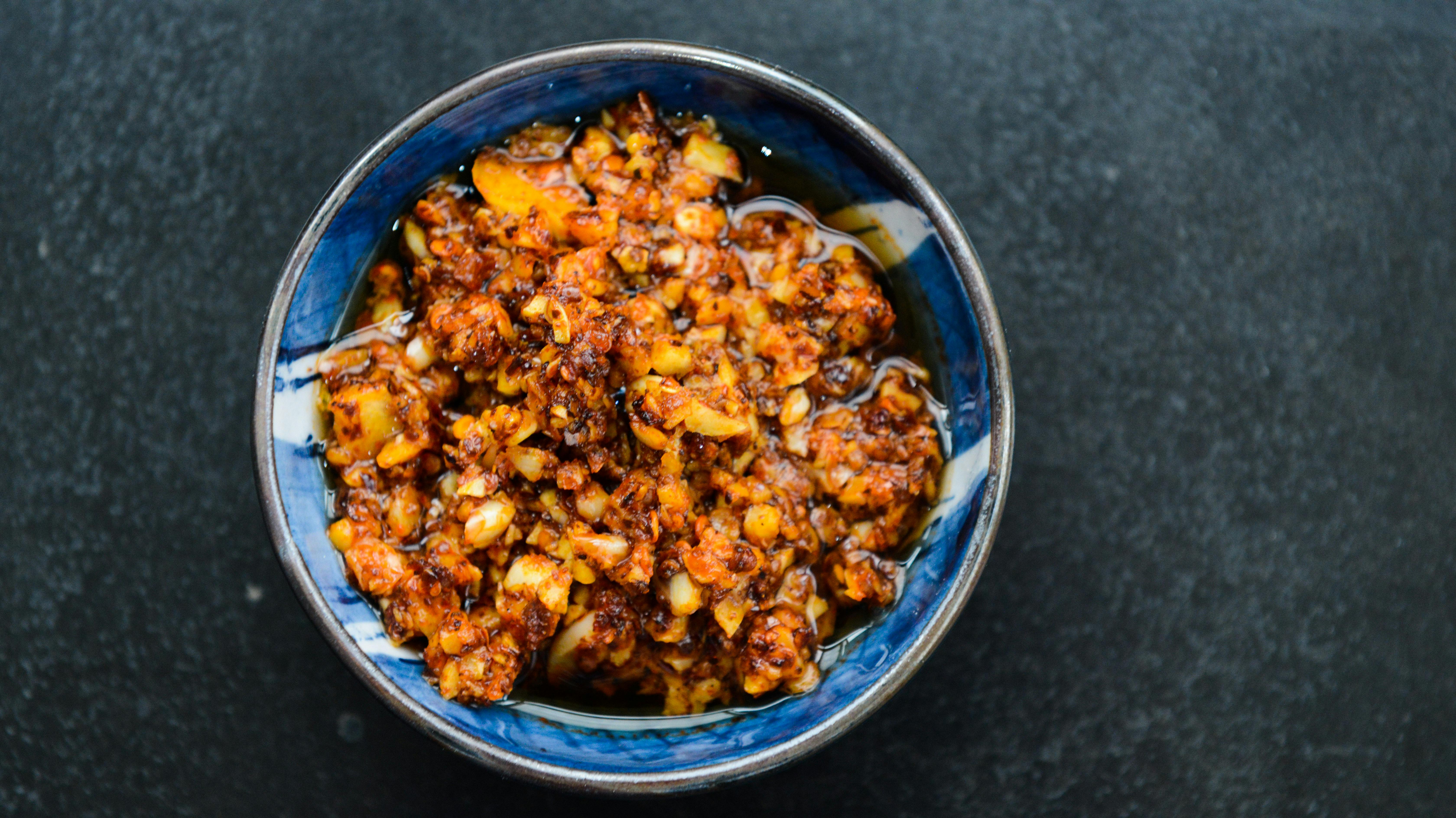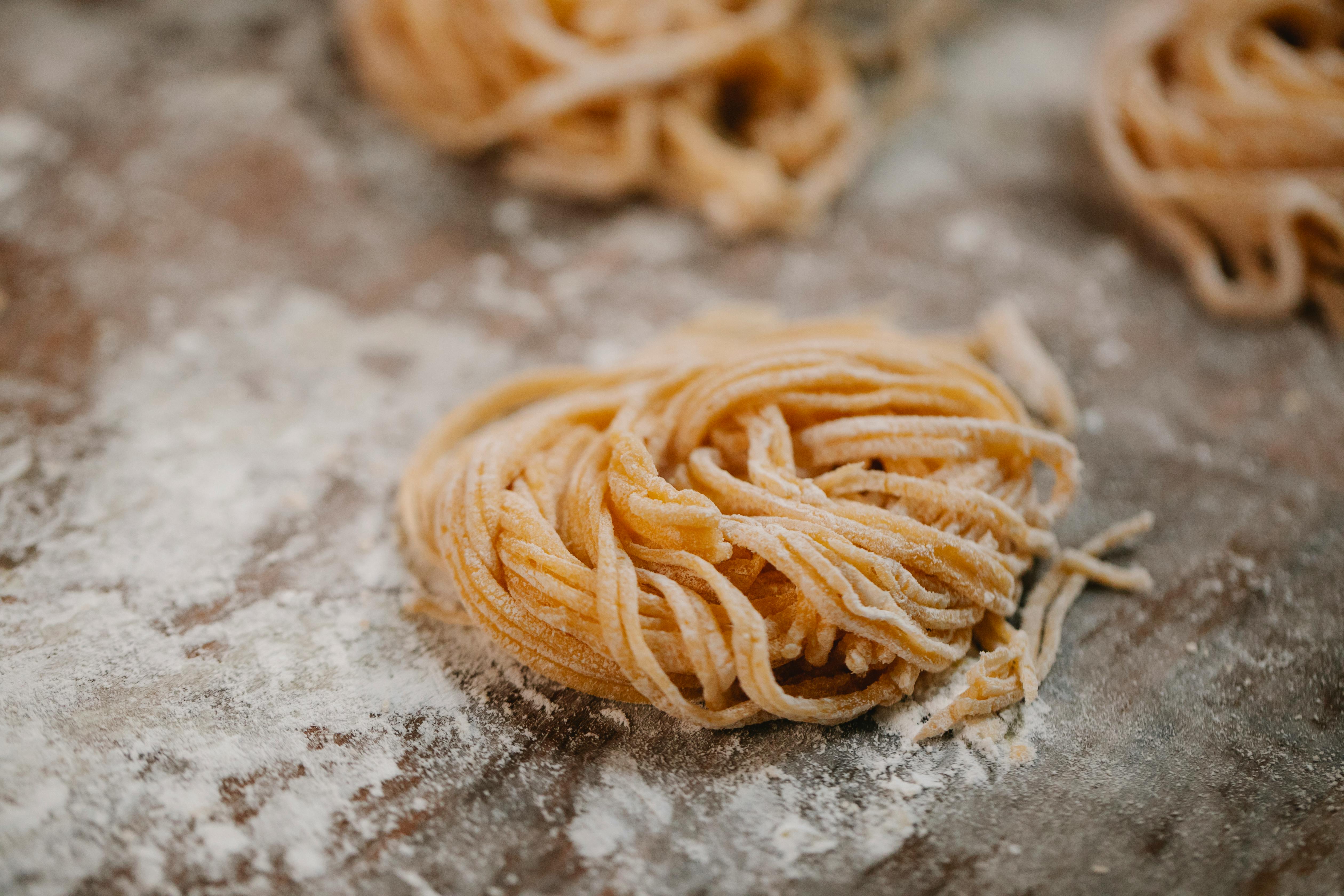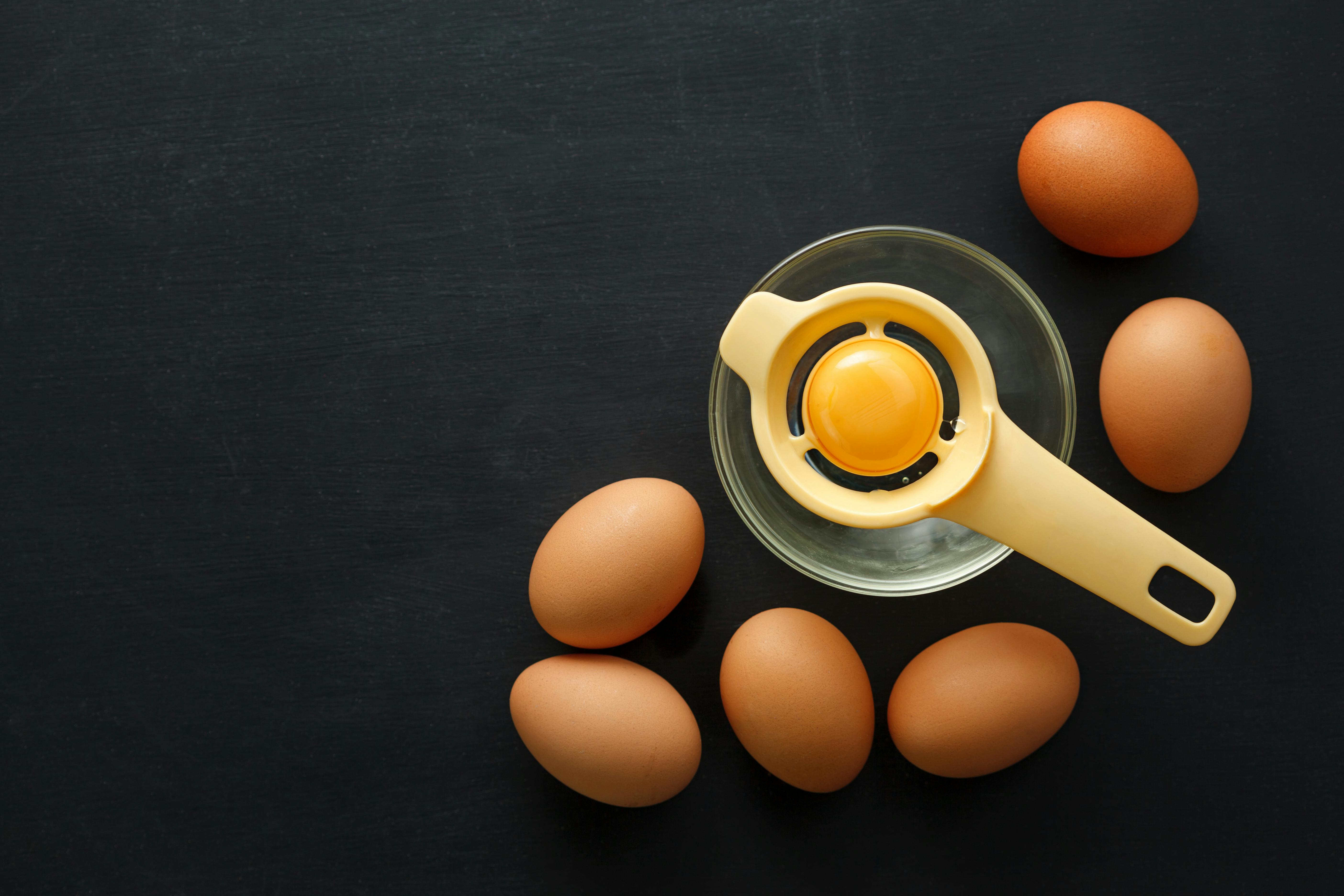Fred Flintstone could have been one of the lucky ones. If the world’s original cartoon caveman house had been underground, it would have been perfectly suitable for wine storage – a dark, dank cave ideal for allowing the liquid inside your precious bottles to age at exactly the right rate. .
Experts say that after the heat, the next major cause of wine damage is lights. Keep wine away from any extreme light source, such as large windows or halogen lamps.
But like Fred, most of us are not lucky enough to be able to keep our wine stored underground. Genuine wine cellars are rare, and while professional storage is an option, it’s inconvenient if you want to grab a couple of bottles of delicately aged Chateau Ducru-Beaucaillou 1990 when the boss arrives unexpectedly.
So what are the alternatives? Keeping ten or 15 bottles of liquor in a simple wooden wine rack within walking distance of the dining room table seems to get the job done for the vast majority of us. But if you’re a bit fierce about keeping your wine in good health, there are much better ways.
In fact, all too often people tend to display expensive wines, often looking at them while wondering when to finally open them. Unfortunately, when they finally manage to uncork, or unscrew, as is often the case these days, they find it broke.
Wine that has been sitting on top of the refrigerator in a wooden wine rack, vibrating and heating up, is often not drinkable. And if you’re spending $ 20 on a bottle or more, even $ 200 and up, it just doesn’t make sense not to store it properly.
The best tips for storing wine correctly
* Wine storage began in underground caves that allowed the wine to age at the proper rate. Today, wine must be stored in conditions that reflect those grottos: around 11-12 degrees Celsius with 55-75% relative humidity. If wine is stored at higher temperatures, its natural development is accelerated.
* In fact, the most important aspect of wine storage is heat fluctuations, especially excessive heat. You need a fairly constant temperature, ideally around 11-12 degrees.
* Light can also affect wine, which should optimally be stored in the dark. Slightly humid conditions are best, as an atmosphere that is too dry can be detrimental. In fact, a very dry or humid environment can cause corks to dry out.
* Avoid putting those precious wine bottles next to pipes, radiators and any type of heating vents, and whatever you do, keep all bottles out of the sun. Think of wine as a fine paint – when left in direct sunlight, its value begins to fade.
* Experts say that after the heat, the next major cause of wine damage is lights. Keep wine away from any extreme light source, such as large windows or halogen lamps.
Keeping things fresh, at home
If you have the time, space, budget and energy to invest in the right wine storage system, remember that this will also depend on a number of external factors, some of which may be beyond your control, such as budget and space. The number of bottles you want to store is also of the utmost importance.
Your own personal requirements will determine whether you are looking to purchase a sophisticated refrigerated cooling system for your kitchen, install a series of wine hives in your storage room, or convert a basement or garage into a fully equipped wine cellar.
The prices of good quality refrigerators are highly dependent on the size. These redesigned refrigerators keep your wine at a higher temperature with altered humidity levels, they are also built to minimize vibration. The more sophisticated ones have multiple temperature zones, allowing you to keep your reds full-bodied and sweet whites at different temperatures.
For most of us, such a refrigerator is more than adequate, as the average wine lover has no interest in storing more than 200 bottles at home. But if you like to entertain, and you have the extra space and lots of cash, there are coolers available that will comfortably store up to, wait, 1,000 bottles.
Professional wine storage
If you want to keep your bottles off-site, especially if you’re interested in reselling them at a later date or leaving them to your grandchildren 30 years from now, then professional wine storage may be your best option. Today, many companies offer private clients professional storage facilities, with most wines insured for their full replacement value.
For a solution closer to home, a personal cellar is best. Wine enthusiasts have been known to convert everything from disused garages to basements to bomb shelters into personal cellars, though if it’s not underground, expect to install a special air conditioning system, as well as some sort of sprinkler mechanism, to control the humidity. .
If you want to build an underground basement yourself from scratch, experts say digging as deep into the ground as possible will make the biggest difference. When you reach a certain level underground, you get a constant temperature, and materials like brick and cement are very good at slow temperature exchange. This is important as wine does not like to be surprised. It can’t be one temperature one day and another the next, or you’ll know.
Going underground is not as difficult as it sounds. Some companies can install a prefabricated warehouse in a garage, storage room, extension or under any house where there is a space of 2.50 meters to excavate. Basements come with waterproof liners and a cooling system can also be installed, if required. But if you can’t afford anything too fancy, use what you already have. An old chimney hood is usually a good idea, as the temperature in the fireplace for medium-term storage is very good. It will also protect your wine from light.



